Digital Harassment in the Workplace: What Employers Should Watch For in 2025
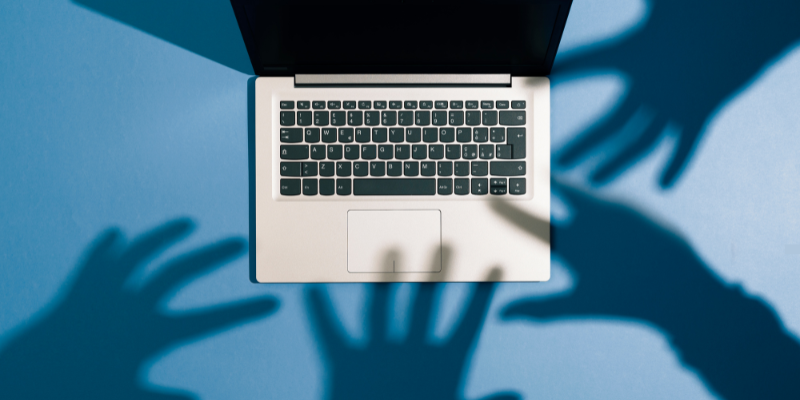
As remote and hybrid work models solidify their place in the modern workplace, the boundaries of professional interaction have extended into the digital sphere. While these advancements have increased flexibility and connectivity, they have also created new avenues for misconduct. Digital harassment, ranging from inappropriate messages to exclusionary behavior, has become a pressing concern for […]
How Companies Can Protect Intellectual Property from Insider Threats
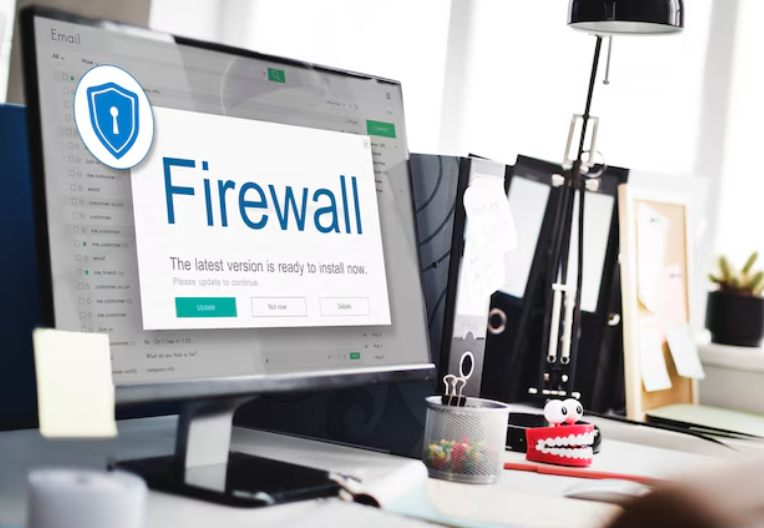
Employee intellectual property (IP) theft has grown to be a major issue in a society going more and more technologically advanced. The dangers to private data have increased as more businesses choose digital collaboration and remote work. Employee misbehavior involving sensitive firm data—that is, insider threats—may cause significant financial and reputation harm. This article looks […]
Three Ways to Protect Your Business from Cyber Threats
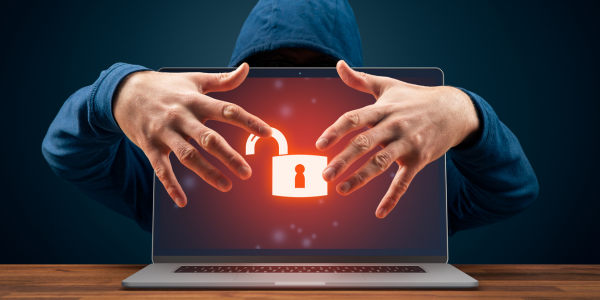
In today’s digital age, businesses face a constant and growing risk of cyber threats. From stolen data to hacking, every organization is vulnerable. However, with the right steps, you can protect your business from cyber threats like corporate investigations and theft. At Lauth Investigations International, we specialize in cyber investigations and workplace investigations to help […]
Maximizing the Value of Security Audits to Organizational Security
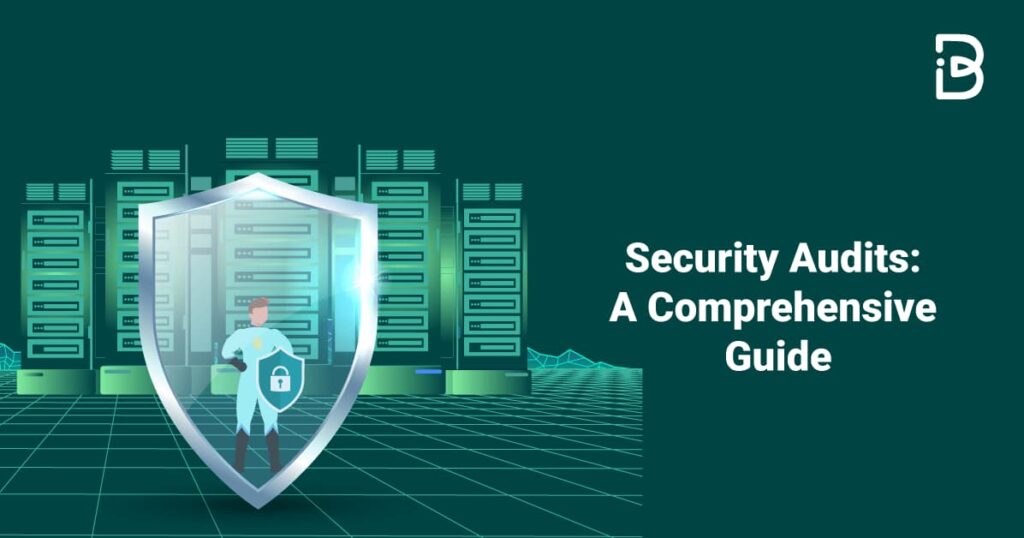
In today’s evolving world of business, enhancing the security of an organization is paramount. We are living in an interconnected world, where the entrenchment of technology is one of the single biggest threats for many organizations, and the need for beefing up the internal security of data and assets averts the risk of losing what […]
Leveraging Technology for Enhanced Security: Solutions for Modern Challenges
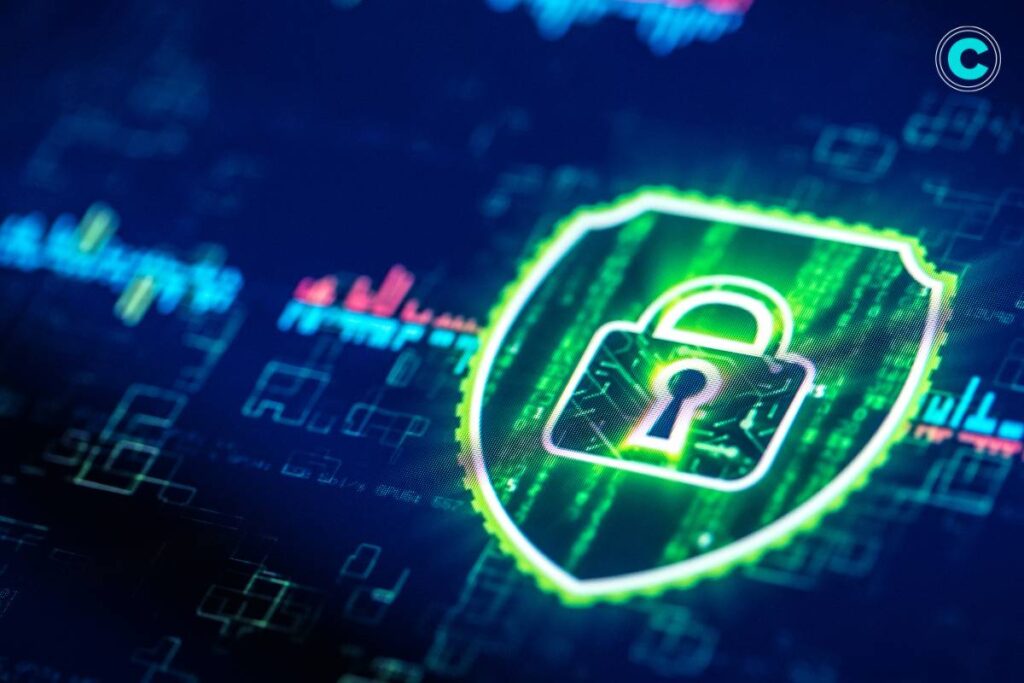
As we navigate the ever-shifting landscape of security challenges, from cyber threats to physical breaches, one thing is for sure: technology is our trusty sidekick in this high-stakes game of defense. Modern organizations are, therefore, exposed to several threats, but thanks to the advancement of technology. It is now possible to address major security issues […]
5 Cyber Security Measures Every Business Needs
Cyber criminals are evolving at an alarming rate. Cyber-security product developers are on an infinite loop with felons, each trying to out fox the other with regards to data breaches. Security is absolutely necessary for brick and mortar establishments due to a myriad of reasons, but in 2019, the name of the game is cyber-security. […]
Phishers Want Your Direct-Deposit
The invention of direct-deposit payments in electronic banking have likely saved companies millions of dollars over the years in labor hours, materials, and fees that previously caused problems for companies. However, in an age where your paycheck is sent automatically to your checking account, phishers are seeking to exploit this automation for personal gain. The […]
Top 5 Most Common Frauds in 2019
Being a responsible consumer in the year 2019 means educating yourself—not just on the products and services—but of the ways scammers and thieves exploit consumer behavior for their own financial gain. As technology advances with the convenience of SMS text messaging as a security feature, financial applications that put your finances at your fingertips, and […]
SIM Card Swapping Scams Leave Businesses Vulnerable
Smartphones have become such an integral part of our everyday lives that many users joke their devices have become grafted to their hands. We use them to maintain contact in our work and personal lives, correspond through email and social media, and a bulk of Americans have made the transition to conducting their banking through […]
Catfish: Romance Scams in 2019
Those who met their current significant other in an age before the internet often have a difficult time understanding courtship rituals in the year 2019. Even Gen-Xers who are navigating the single-scape are having trouble adjusting to the way social media and dating apps have changed the way relationships are formed in the United States. […]